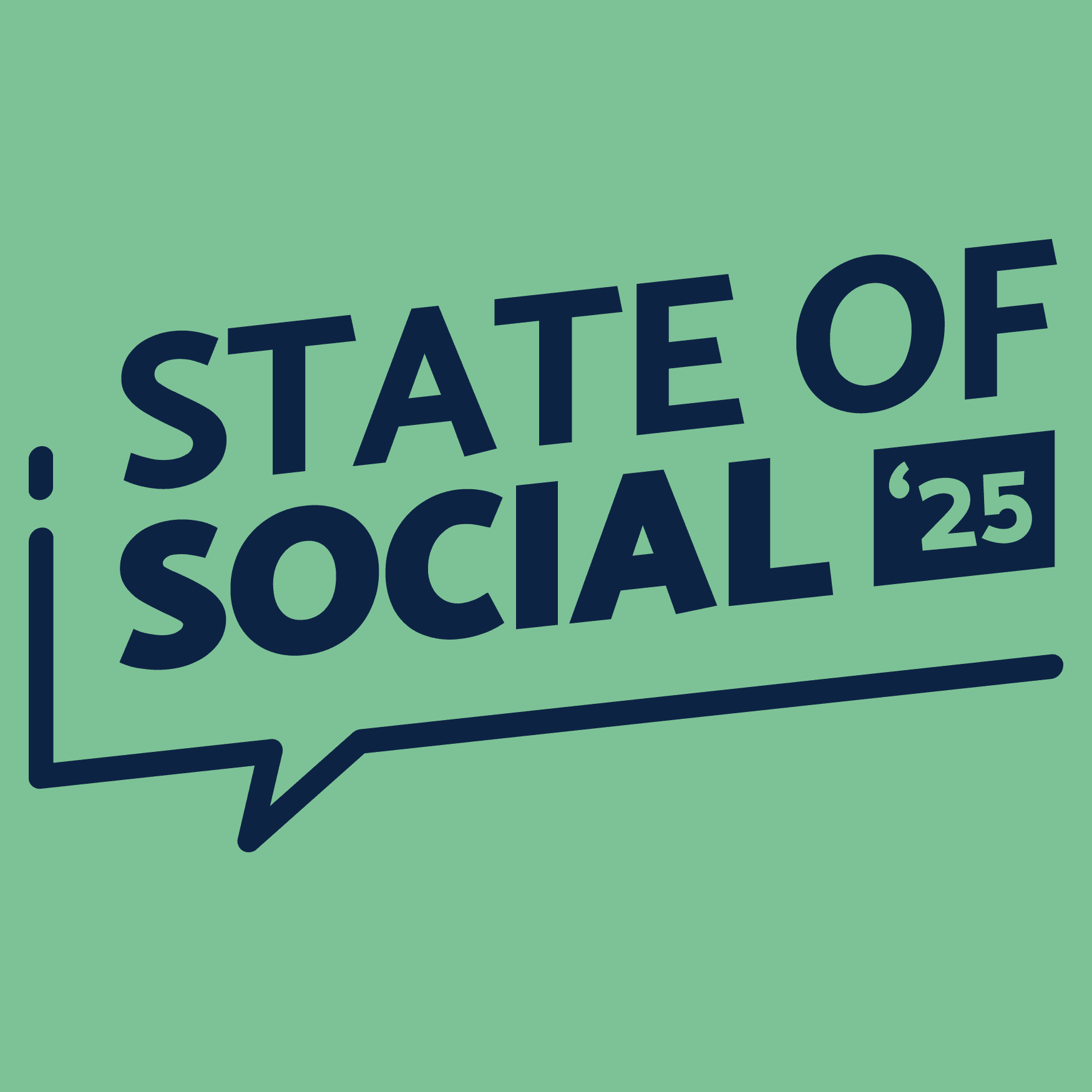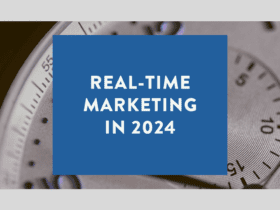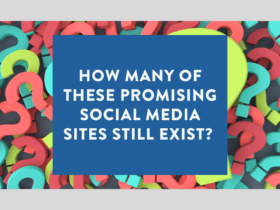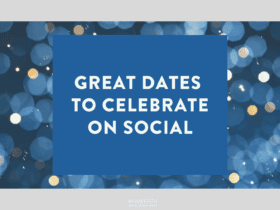When you imagine traditional advertising there’s an instant look and feel that comes to mind.
The classic marketing formula of product, price, promotion and place is laid out before you on the screen.
In this format, the audience isn’t so much seen as a person, but a collection of needs and desires seeking consumption as an aid for social approval.
It’s pure rhetoric; manipulating the audience to see the value of the product as greater than its cost. The trouble for brands is, consumers have become more sophisticated. We’ve seen these tactics countless times before.
In response, we’ve effectively trained our brains to instantly recognise and ignore ads that look like ads. Enter genre marketing.
genre / pronunciation /ˈʒɒ̃rə/ /ˈ(d)ʒɒnrə/ NOUN
- A style or category of art, music, or literature.
Bringing the idea of genre into marketing does two things. It gives marketers a whole host of new conventions, visual language and vocabulary to speak to a customer’s world view. It also allows us to approach marketing as an artform.
When a brand creates content that references conventions from entertaining genres, they don’t trigger the same irrelevancy filter in their audience. Ads that look and feel like entertainment switch off our critical thinking and put us in a more impressionable headspace. Add a story and our brains are hardwired to feel empathy, we put ourselves in the protagonist’s shoes and learn as they learn in the story. That’s where implicit brand messaging comes in.
An American candybar brand named Butterfinger recently went to market with a masterclass in genre marketing. They used the conventions of classic crime procedurals like Law & Order and CSI to create their own branded parody “BFI – Butterfinger Investigators”. The familiar conventions are what piqued the audience’s initial interest, but as the story plays out, watching Butterfinger put their own twist on each convention, becomes the payoff that the audience keep watching for.
For audiences who love irreverent comedies like Brooklyn 99, The Office, or Community, Buttefinger’s have spoken to their world view. At the same time they’ve been able to position their candy bar as the ultimate temptation. Showing the way it drives people to attempt elaborate heists in order to steal them. The messaging is implicit within the story and more effective than it would be in a formulaic product ad.
Showing that you get your audience’s sense of humour is one of the simplest ways to position your brand as part of your customer’s tribe. That connection helps influence the customer’s internal narrative, changing it from a questioning tone – “do people like me do things like this?” To an affirmative one – “people like me do things like this.” By the end of the story if the main character decides to align with the brand, the audience feels compelled to as well. They’re like us, sharing similar values and beliefs, or simply a love of irreverent comedy.
But crime procedurals are just one genre, there are so many others with clear conventions to draw inspiration from. Here are some more traditional examples:
- Love & Dating Reality TV – (The Bachelor, Love Island, MAFS)
- Competitive Reality TV – (Survivor, Masterchef, Ninja Warrior, The Block)
- Action, Thriller – (The Fast and The Furious, Mission Impossible)
- Adult Animation – (Rick & Morty, Bojack Horseman)
- Docuseries – (The Last Dance, F1 Drive to Survive, Our Planet)
- Sci-Fi/ Superhero – (The Avengers, Star Wars, Stranger Things)
Here are some neo-genres from the world of TikTok:
- Jokes – (lip syncs, costumes, pranks, observational humour, sketches.)
- Stunts – (Challenges, transitions, dances, trick-shots and special effects.)
- Tutorials – (Cooking, BTS of stunt videos, time lapse art videos.)
- Lifestyle – (Adventure, #vanlife, hiking, landscapes, holiday montages.)
And lastly, here are some from the world of video games:
- First Person Shooters – (Call of Duty/ Overwatch/ Destiny)
- Fantasy/ SciFi RPGs – (Skyrim/ Mass Effect)
- Battle Royale – (Fortnite/ PUBG)
- Platformers – (Mario/ Spyro/ Sonic)
- Fighting – (Street Fighter/ Super Smash Bros)
A brand who recently unlocked the potential of video games in genre marketing is 100% Pure New Zealand with their campaign “PlayNZ”. The campaign borrowed visual language from open world RPGs, video game trailers, and even Twitch streams. The result was a tourism ad that connected with gamers by speaking directly to what they love the most – games.
As the video unfolds we see a popular video game streamer, Loserfruit, experience “the game”. There’s an opening title montage, a character select menu, and even fake gameplay complete with heads-up displays. It’s a masterful imitation of a real video game. But that’s the thing, this isn’t a video game at all. It’s an ad, filled with implicit messaging about the wonders of visiting New Zealand.
By the time an audience member realises a campaign like Play NZ is an ad, they don’t care. The story has intrigued and entertained them enough to earn their time and attention. The same can be achieved with your brand. It’s all about where you draw your inspiration.
Genre marketing starts with finding the genres your customers find entertaining and playing around with how your brand can join that conversation. The key is in recontextualising the genre’s conventions in surprising, funny and clever ways. Not everything you make has to be a Hollywood production. Some genres, like the neo-genres on platforms like TikTok, are technically, very easy to emulate.
Pick up on the right patterns, add your brand’s unique flavour of twist and your next digital campaign could go viral.








LET’S CONNECT